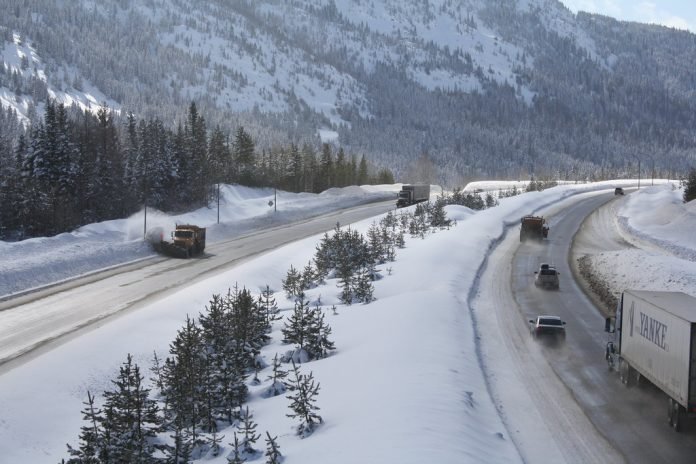Last Updated on July 17, 2024 by Asfa Rasheed
Driving safely in winter is important because the roads can be slippery, and visibility is often reduced due to snow and ice. Additionally, the temperature can drop quickly, leading to additional hazards, such as black ice. Being prepared for winter weather and following the rules of the road can help reduce the risk of accidents and injuries. When driving in winter, it is important to keep a safe distance between you and the vehicle in front of you, reduce your speed, and use extra caution when turning, braking, and accelerating. Contact a Rockford personal injury lawyer if you are injured in a car accident due to extreme weather conditions.
Tips for driving safely in the winter season
Several factors, such as icy roads, poor visibility, and reduced traction on snow and ice, can cause car accidents in winter. In addition, drivers may be more likely to be distracted or drive too fast for conditions due to shorter days and longer nights. Other risk factors may include driver fatigue due to longer commutes and increased holiday traffic. To reduce the risk of winter-season car accidents, drivers should ensure their vehicles are properly maintained and aware of their surroundings. They should also drive defensively and reduce their speed when the roads are icy or snowy. Finally, drivers should give themselves extra time to reach their destinations to minimize fatigue risk.
Winter presents unique challenges for drivers, and it is important to take extra precautions to stay safe on the roads. Here are some tips for driving safely during the winter season:
- Check your car before you drive.
Make sure your tires are properly inflated and have enough tread to provide traction on slippery roads. Check all your lights and signals to ensure they are functioning properly. Check your windshield wiper blades and antifreeze levels, and top off fluids like windshield wiper fluid, oil, and coolant as needed.
- Slow down
Speed limits are set for ideal conditions; during winter, roads can become slick, and visibility can be reduced. Slow down to a speed that is safe for the conditions.
- Increase your following distance
Increase the distance between your car and the car ahead of you. This will allow you more time to react if the car ahead of you makes a sudden stop or swerves.
- Use caution on bridges and overpasses
Bridges and overpasses tend to freeze over before the roads do. Reduce your speed when approaching them, and be aware of black ice.
- Keep your vehicle in good condition.
Check your vehicle’s condition by checking your tires, brakes, and lights.
- Be aware of the weather.
Monitor the weather and road conditions to plan your route accordingly.
Apart from that, if you are interested to know about GoAir PNR Status then visit our Travel category.















